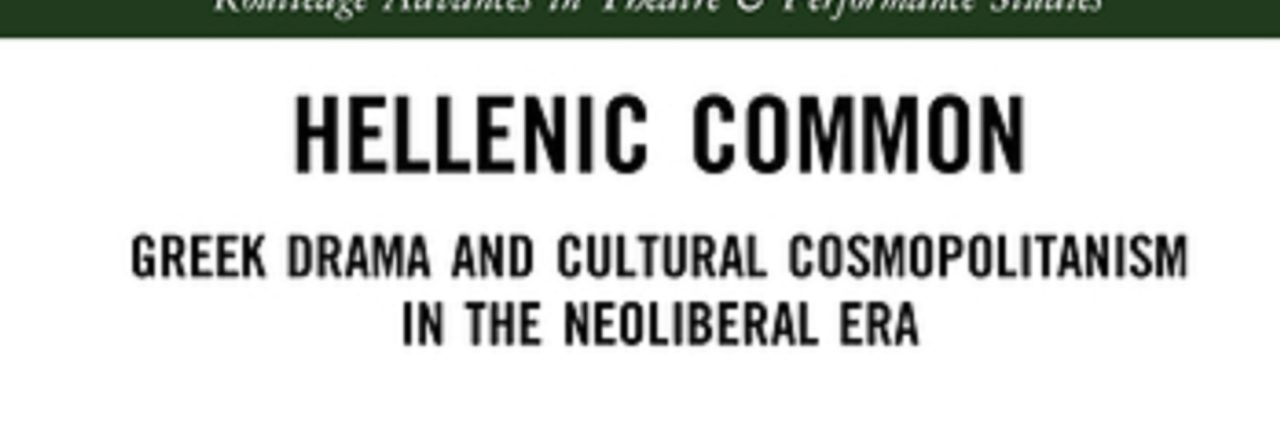Poster for Romeo and Juliet Shakespeare’s Romeo and Juliet is one of those plays that is incredibly famous, but also quite easy to hate: because so many of us are forced to read it in school, because so many people think of this story of teenage angst and suicide as the ultimate love story, even …
Continue reading William Shakespeare’s Romeo and Juliet—29 June 2025
